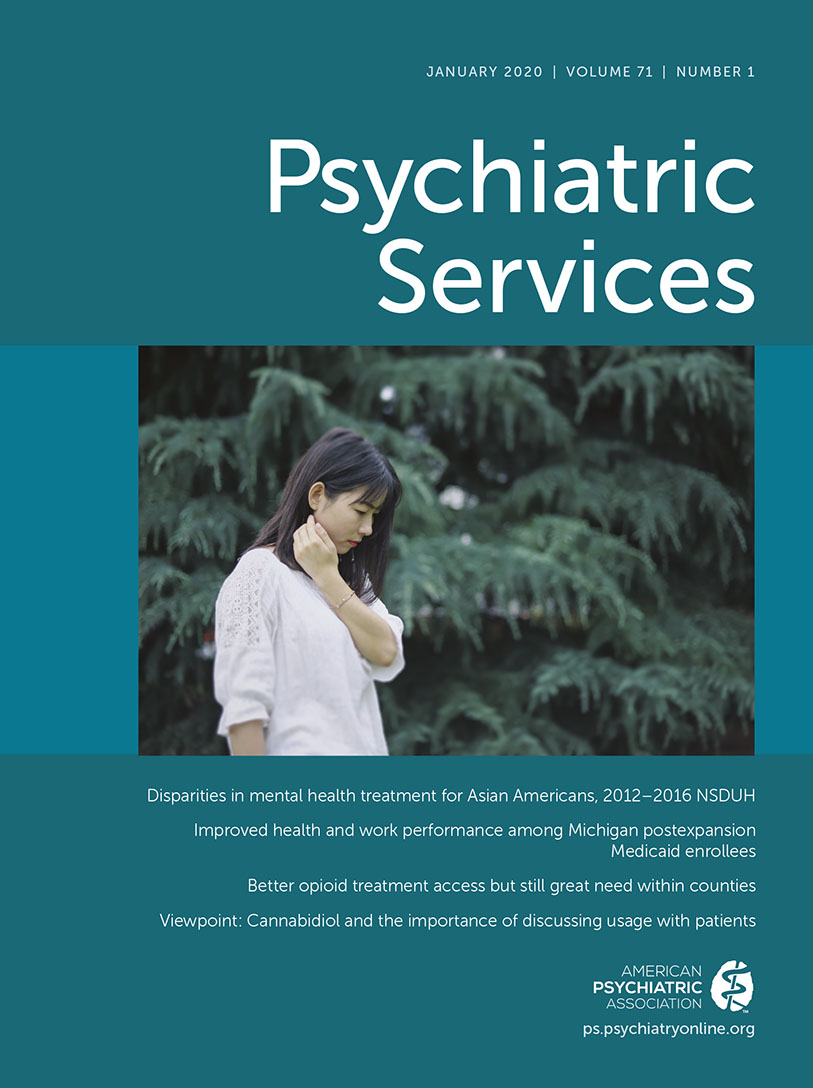Psychiatric Services Editor’s Choice: A Resource for Readers
In January 2019, we launched Psychiatric Services Editor's Choice. We reflect on a year of Editor's Choice collections (1) and invite readers to utilize this new feature of the journal and provide input on shaping this service in the future.
Mission of Editor’s Choice Collections
Psychiatric Services Editor’s Choice was created to provide essential curated collections of articles published in the journal. While many academic journals invite guest editors to develop theme-based issues, we decided to try something different. Envisioning a “digital theme issue,” we are leveraging our presence on the Web, where most readers typically access content. By also sharing content through Listservs, social media, and our Psychiatric Services From Pages to Practice podcast, we hope to expand the reach of the journal’s peer-reviewed publications. Furthermore, the dynamic digital platform allows these collections to be refreshed periodically to reflect the latest developments in these high-priority areas. Overall, we believe these collections offer a high-quality review of key focus areas, with an emphasis on service delivery issues.
How Collections Are Assembled
Central to the development of Editor’s Choice is the role played by the Psychiatric Services Early-Career Psychiatrist Advisory Committee. For each collection, a member of this team of developing scholars chooses a mental health services issue that is of high priority in daily practice. The volunteer researches the Psychiatric Services archives for relevant articles. The collection is then curated by that member and the two collections editors (Drs. Cunningham and Goldman), with oversight by Dr. Dixon. The selected articles represent diverse perspectives, with an emphasis on recent highly cited articles and those viewed as seminal in the field. Although many high-quality articles may be relevant for a given topic, the curators seek to narratively link articles into a collection that succinctly conveys their vision for the topic.
Potential Uses for Editor’s Choice Collections
Editor’s Choice collections are intended to be a useful, educative tool for a range of users, including readers interested in greater familiarity with an issue, authors looking for a starting point for a literature review, students presenting on a topic, educators planning lessons and courses, and individuals interested in engaging stakeholders (e.g., policy makers and clinical leadership).
The Future of Editor’s Choice Collections
We invite you to engage with Psychiatric Services Editor’s Choice collections, which will be published bimonthly in 2020 starting with this month’s special edition curated by the two collections editors, titled, “Historical Perspectives: A Look Back at the Origins of Psychiatric Services.” We welcome your feedback and ideas for further innovation; write to us at [email protected].
1 : 2019 Editor’s Choice collections. Psychiatr Serv 2020; 71:105107Link, Google Scholar



